These are just a few bilateral hieroglyphics that end in "ah" sound. The transliteration is provided that differentiate between different types of 't', 'd', and 'h', 's', consonants along with glottal stop, 'eh', and 'ah'.
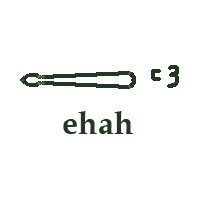 |  | 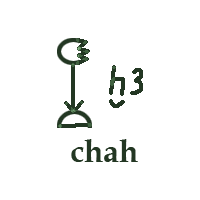 |
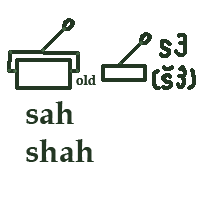 | 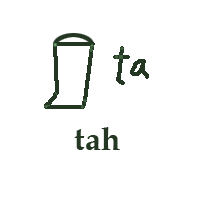 |  |
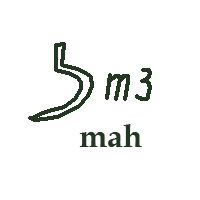 | 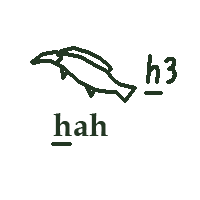 |  |
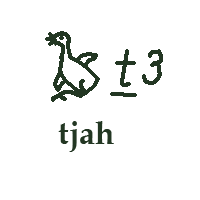 | 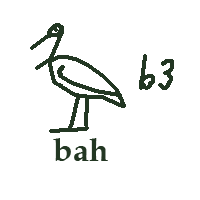 | 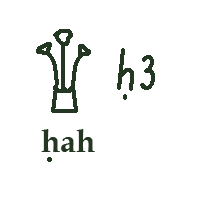 |
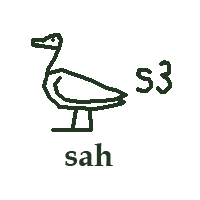 | 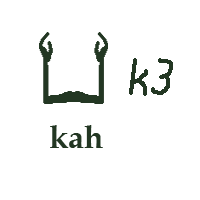 | 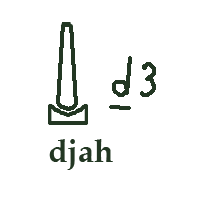 |
The transliteration is written to the side. That's the made-up alphabet that denotes the sound that one makes in one's head as one reads. The vowels are unknown, so pretty much anything used is valid. Generally but not always linguists use 'e' as filler. The result is the presumed sound of the word in Egyptian and acts as a sort of bridge to English, or French, or German, the other two main Western languages in which hieroglyphics are deeply studied. It's good to have a grounding in those in order to get very far. Arabic and Hebrew actually have stronger equivalences in sounds and in syntax than the Western languages, and the contribution of all those languages is incalculable. That's my opinion, and I'm stick'n with it.
The thing is, these bilateral sound signs, along with trilateral signs, are almost always accompanied by alphabetic sound signs. The redundancy is understood to not be repeated. So that, say,
would be read as "sh-ah" and not as "sh-ah-ah" which would properly be written
Likewise,
is to be pronounced "bah" and not "buh-bah-ah," or whatever vowel you pull out of the air to attempt to sound out a word. See? There is a complimentary "b" in front and a complimentary "ah" behind the biliteral "bah" jabiru bird in the center. The jabiru is distinguished from hundreds of other birds by the thing on its neck, its little head and long beak and shortish (for a stork) legs. It's a weird bird. Ba, of course, among other things means one component of the spirit.
This is elementary. It is seen at the beginning of any given language book following the alphabet. The thing is learning to combine these things, biliterals, triliterals, and single signs as sounds, as ideas, and as determinatives to form concepts and to express them as nouns, pronouns, subjects, verbs, objects, adjectives and adverbs, prepositions, in strings to convey tense and mood, and to do all the lovely things that language does.
Quite a lot is wrenched out of these little pictures so they're forced to be exceedingly flexible. When you think about it, it's quite a marvel that in modern English that same thing is done in many ways more efficiently and with greater flexibility with a scant 26 symbols.
Egyptians had four Hs. Get that. They used sounds that we don't make so our closest thing is H. H as in the Scottish "loch," and H as in the German "Ach." Slight differences there. English doesn't have those phonemes. There's also a soft breathy H as in "hello, Honey" and a sharp punctuated H as in "hot hippopotamus."



No comments:
Post a Comment